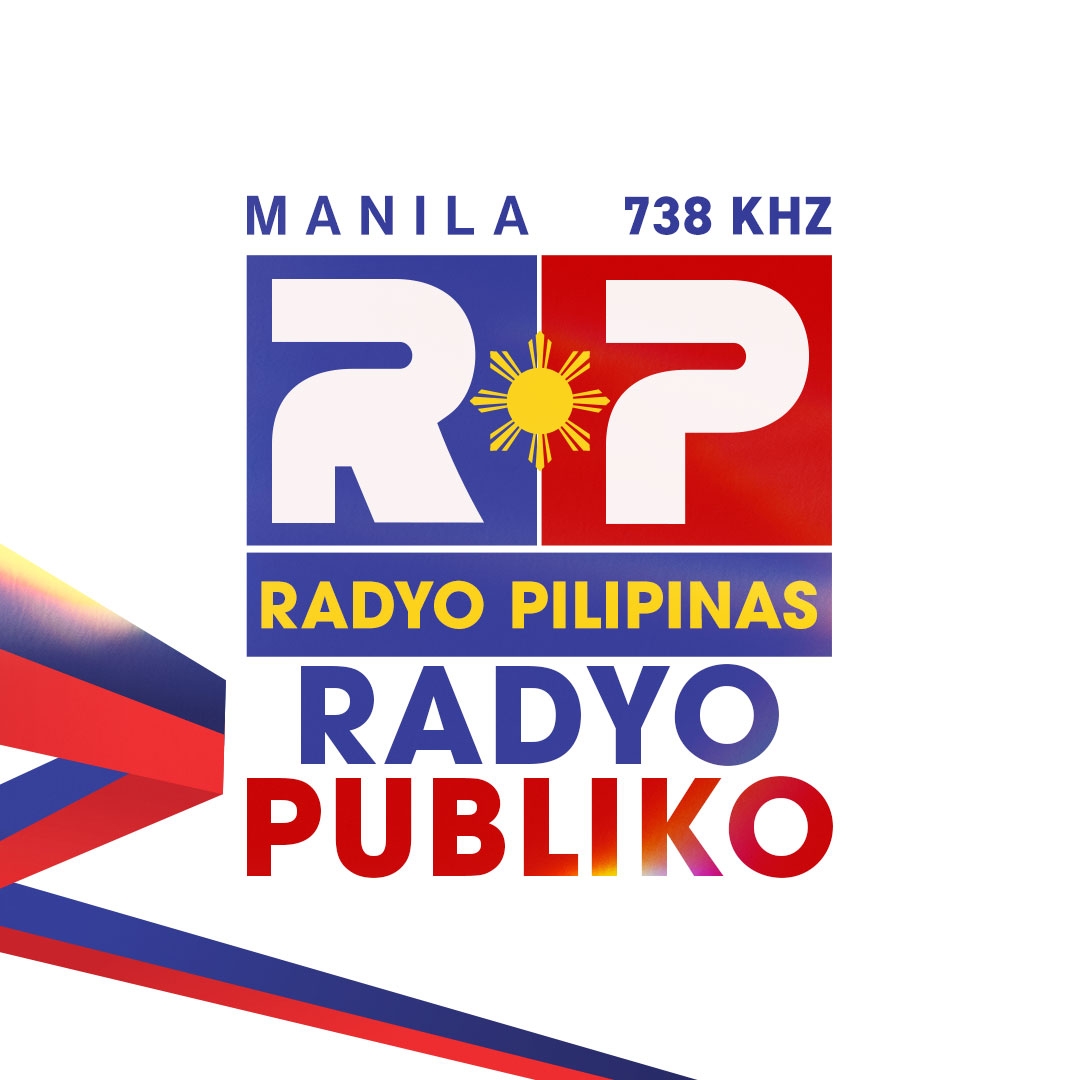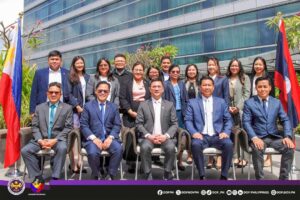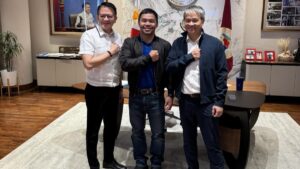Development is necessary and inevitable, and so with the implementation of various infrastructure projects, land reclamation included, if we want the government to hit genuine progression in a worldwide magnitude.
But more than the development these massive infrastructure projects may bring about, President Ferdinand Marcos Jr. made sure that the welfare of those who will be displaced and affected by the constructions “experienced growth alongside the administration’s projects.”
Putting people and communities first allows Pres. Marcos Jr.’s administration to accomplish all of its social and economic goals in carrying out the project before, during, and after its completion.
Since the Philippine Reclamation Authority (PRA) is tasked with doing the land reclamation, the agency ensures that the delivery of the land development and urban renewal projects to the affected quarters is promptly and religiously in place.
Reclamation is a powerful tool, one that the administration can wield to develop infrastructure projects in un- or misused tracts of land and even the country’s extensive coastline. The restoration and recovery of land for self-contained, income-generating projects allows the national government to secure its interests and those of its citizens in the long run.
However, while a reclamation project is ongoing, communities that may have once relied on the land are likely to be one of the first to be impacted by the development. The Marcos administration agrees. By 2027, Pres. Ferdinand Marcos Jr. envisions the eradication of hunger and aims to achieve a single-digit poverty incidence by the end of his term, not only in the areas affected by government projects but in the entire nation as well.
Earlier this year, the chief executive affirmed his administration’s commitment to fighting poverty and hunger. “We gather to renew a promise: that no Filipino should go to bed hungry, and that no community will be overlooked in our fight against poverty,” the President said during the presentation of the signed Enhanced Partnership Against Hunger and Poverty (EPAHP) Joint Memorandum Circular in Malacañang.
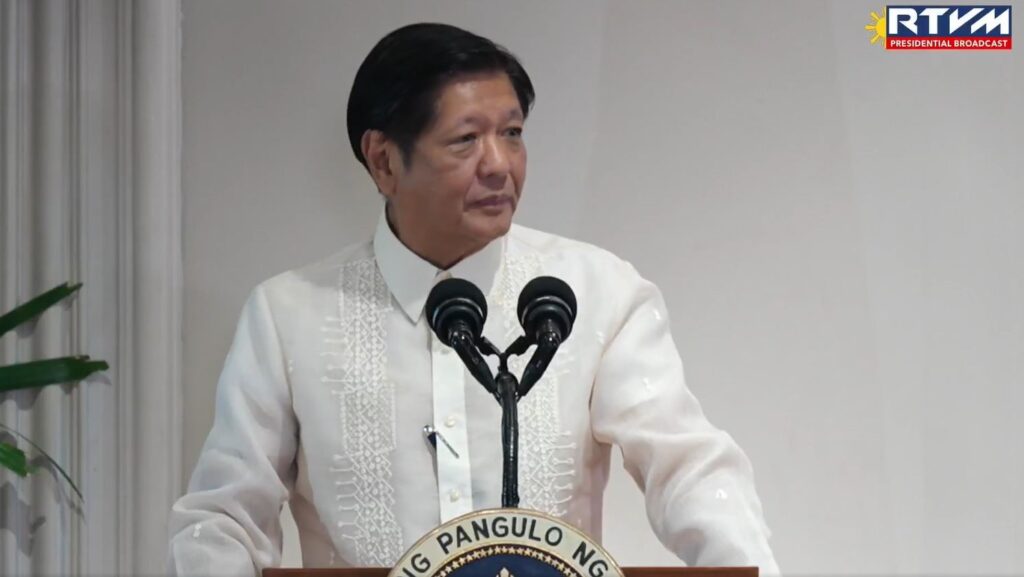
As part of the implementation of this directive, the Philippine Reclamation Authority—in addition to ensuring that all reclamation activities are legal and comply with existing standards. — is tasked with monitoring these communities. Ensuring that locals who may be affected by ongoing reclamation also benefits from these activities is part of their mandate under the Office of the President.
The PRA’s Social Development Management Program (SDMP) examines and solves these communities’ needs, and through this program, the agency is able to ensure that one of the beneficiaries of reclamation projects are, first and foremost, the residents who are building their lives in the surrounding area.
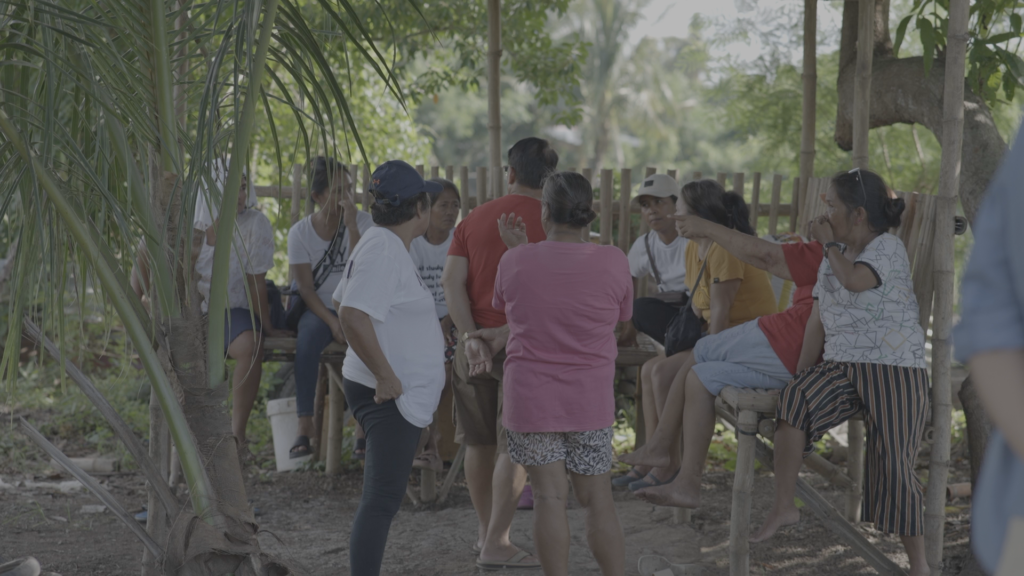
Let us take a closer look at San Nicolas in Cavite, which was identified as far back as 2007 as a prime area for dredging and how its people fare in the PRA’s mandates in the wake of President Marcos’ drive for a better life to those affected families.
Activities began in 2021 to dredge the seabed to provide suitable materials for the Manila Waterfront City Reclamation Project.
The San Nicolas Seabed Quarry Project is meant to support the development of the coastal areas along Manila Bay. The project is part of the national government’s plans to meet demands for new developments and increase revenues for local and national government units.
Dredging activities are carried out using sustainable methods meant to minimize the environmental impact on the surrounding areas. However, when the PRA checked in on the communities affected by
the seabed quarrying project, they found that many of the residents of San Nicolas, Cavite felt that the reclamation and dredging activities had negatively impacted their way of life. Some felt that the government had forgotten about them.
Following consultations, focus group discussions, and other groundwork activities, the PRA launched the San Nicolas Shoal Bridging program, an SDMP meant to address the communities’ concerns immediately, based on data gathered from these initial activities with affected stakeholders.
Taking a proactive approach highlights the agency’s commitment to meeting societal needs and building community resilience to strengthen the long-term sustainability and social welfare of communities affected by the San Nicolas Shoal Seabed Quarry Project.
PRA General Manager Cesar Siador Jr., said: “Unang una nandito po ang livelihood. Nagpapa-repair po tayo ng paaralan. Nagbibigay ng gamit ng estudyante. Natutulungan natin ang Tarnate, Naic, Maragondon, Cavite City at Rosario at marami pang mga bayan na nasa tabi ng dagat ang nabibigyan ng tulong.”
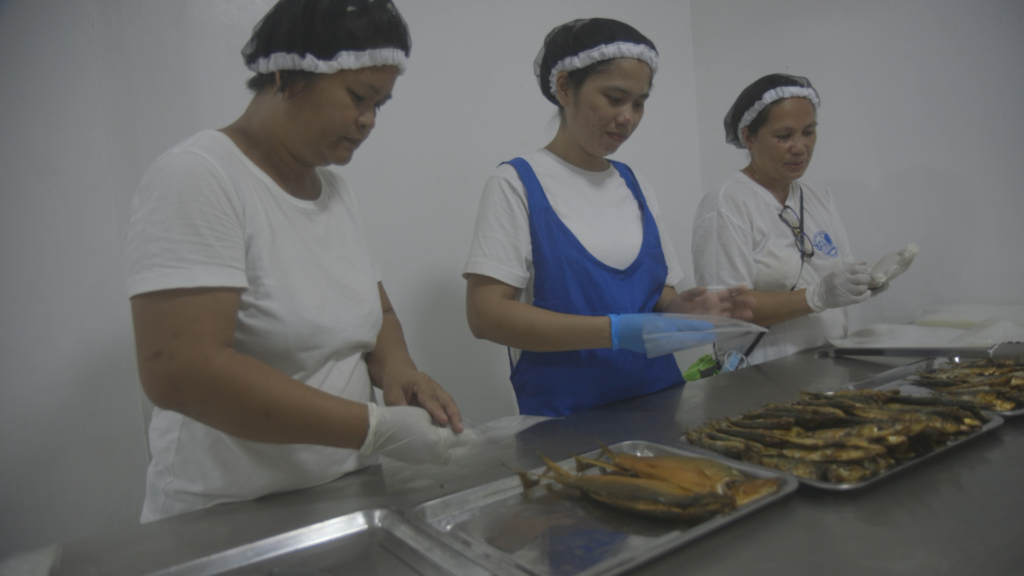
Siador made it clear that PRA is also assisting other areas in Cavite, giving the support the agency is providing with San Nicolas Shoal.
PRA Chairman Alexander Lopez corroborates this account pointed out that PRA is not only into land reclamation and urban renewal projects but also protecting ecology to complement their other social projects.
“Right now, we are spending money for a clean-up drive to improve the quality of marine life in the area. We are also spending money—we have allotted a huge amount of money to help the fishermen in the area. Sa totoo lang, noong in-approve ang permit, kaya siya in-approve din dahil very limited and
small lang ang marine life doon,” he added.
Indeed, in the Environmental Impact Study Report concerning the San Nicolas Shoal, it was found that there were no major marine species inhabiting the area. Apart from minimal coral cover around the municipality of Ternate, the environmental impact of the dredging activities on the surrounding marine life would be minimal. If the PRA had not stepped in, fishermen in San Nicolas could still be having a much harder time making a living in the area.
Through the San Nicolas Shoal Bridging Project, the PRA ensures that affected communities receive comprehensive support and resources, not just to mitigate the impact of reclamation activities in the area, but also to improve these communities’ quality of life in the long run.
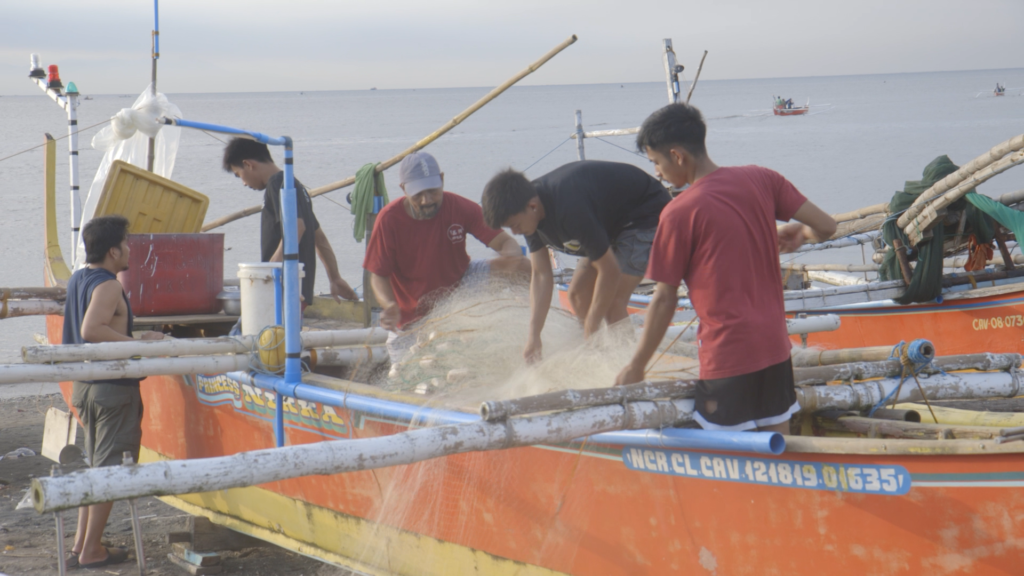
With this program, the PRA joins President Marcos in his fight against poverty and hunger.
Together with the Office of the President, the PRA assures its stakeholders that none will be left behind as President Marcos’ vision of a “Bagong Pilipinas” is realized in the coming years.
President Marcos’ zero hunger vision is best described and hoped for by Mang Delfin, a fisherman in San Nicolas.
“May magandang buhay pa pala pagkatapos ng reclamation. Akala naming noon napabayaan na kami ng gobyerno. Ngayon mas nabigyan kami ng magandang buhay. Hindi na sumasala sa pagkain kaya wala nang nagugutom. Sana hindi lang ito hanggang sa termino ni Pangulong Bongbong. Sana ituloy ito ng susunod na administrasyon (There’s life after the reclamation, after all. Before, we thought that the government abandoned us. But look us now, we were given better lives. We eat regularly and therefore, no more hunger among us. We hope that this would not only after President Bonbong’s term. Hoping against hope that this would be carried out by the next administration),” Mang Delfin said.
